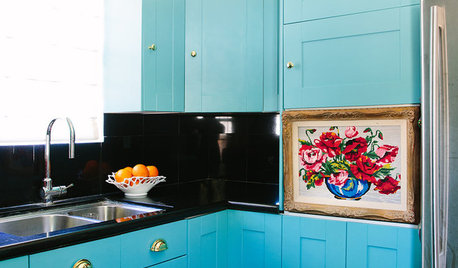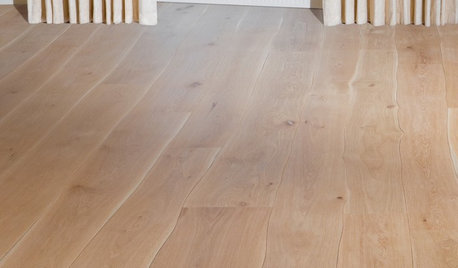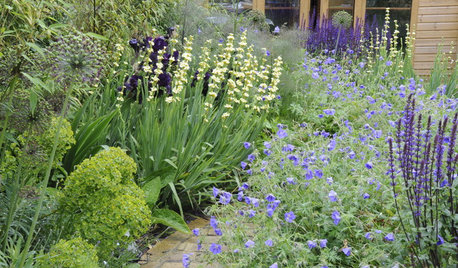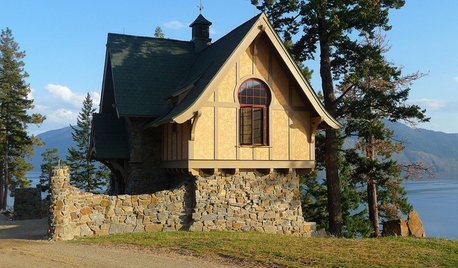Hi guys-
Now that Ive been growing apples for 3-4 years now, along with all the other fruit that I grow, I think IÂm ready to give peaches a try. Although IÂve been following this forum for a couple years, I actually know very little about them. I do have a 2.5Â tall healthy Dwarf Empress Peach bush, (with quarter sized peaches on it), but IÂm not sure if that really counts. IÂm probably only going to plant 1 tree (though I never intended to have the 11 apples trees that I have now!), and I believe I have a good spot picked out for it. It probably wonÂt go in the ground until next spring (9 months away), but I want to start researching the recommended varieties now. I always make my best planting decisions when I have a good long time to think about them.
My criteria (I think):
1.) Low maintenance  IÂm not sure I want to put in as much time into studying peaches as I have on the apples especially for just one tree. With apples, IÂm especially interested in Disease Resistant varieties though only about half of mine are traditional DR varieties. Ideally, IÂd still like the tree to be able to survive without being sprayed (Though I know I wouldnÂt get any usable fruit) It would be nice if I could re-use my current sprays (Immunox/Copper/Ferbam/Dormant oil) so I wouldnÂt have to learn any new ones!
2.) Later bloom - IÂd prefer to find something which would bloom later so I wouldnÂt have to worry about a late frost. IÂd really like to avoid the disappointment of a total crop loss due to frost which happened last year to my local U-Pick.
3.) Early ripening  I really attempt to spread out my harvest for as long as possible. Since I have lots of apples (picked to equispace my harvest for as long as possible from Williams Pride to Granny Smith), IÂm thinking I would like an early ripening peach but perhaps this is slightly in conflict with #2.
4.) Hardy  In general, I like plants that are excited about living. I donÂt usually plant anything on the edge of my zone. For example, although IÂm often tempted, IÂve resisted growing figs here for this reason.
5.) Animal resistance  Ok, I know thereÂs not much that can be done here. I have squirrels everywhere around here. Is there any chance that the squirrels will leave the peaches alone? Or am I definitely going to have to MacGyver up an electrical fence or something?
6.) Flavor  IMHO anything that I grow at home will taste 100% better than anything I find in the store and this is why itÂs not my #1 criteria. If Harvestman worked RI, then perhaps IÂd be more of a fruit snob and he could worry about the tree!
7.) Type  I donÂt have an opinion about white or yellow flesh. Freestone preferred.
I know no single variety will meet all these criterion, but IÂd like to pick the variety that comes closest.
A friend of mine has a nice peach tree just 20 minutes away, and he says he gets great peaches off it. He doesnÂt know the variety, though he does say that they have tough skin. I donÂt believe he even sprays it. The only problem he had with it was borers.
With apples, IÂve planted mostly bare-root trees because IÂm simply not happy with the crotches of the trees at the local nursery. But, those potted trees that I have gotten from the local nursery have really taken off and have certainly bore me fruit much sooner. Am I likely to have a crotch angle concerns with peach trees as well?
I need to do another post like this for grapes but thatÂs one for another day.
What peach variety do you think will be best for me? Or perhaps a 3-1? Reliance? Thanks in advance!
-Glenn















wildlifeman
alan haigh
Related Discussions
Best tasting peach (tree) for home garden
Q
Which of the copper/ peach/ rust heucheras is the best?
Q
Best way to freeze fresh peaches
Q
Best Melon, Peach or Apricot Daylilies of 2018
Q
theaceofspades
Scott F Smith
alan haigh
franktank232
franktank232
glenn_russellOriginal Author
Scott F Smith
alan haigh
wildlifeman
glenn_russellOriginal Author
alan haigh
glenn_russellOriginal Author
Scott F Smith
alan haigh
glenn_russellOriginal Author
olpea
alan haigh
glenn_russellOriginal Author
alan haigh
riredwolf
yovan mcgregor